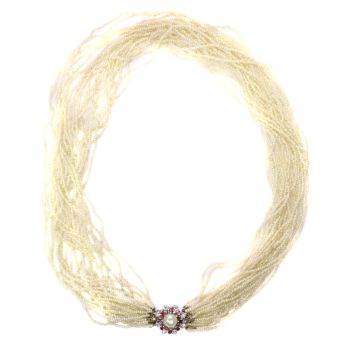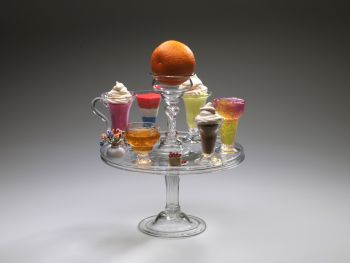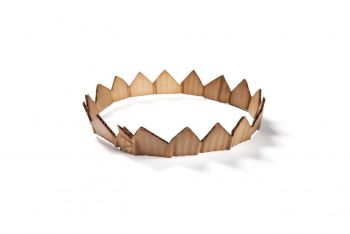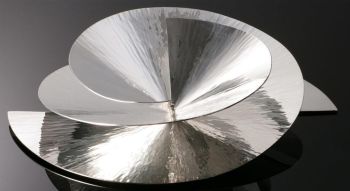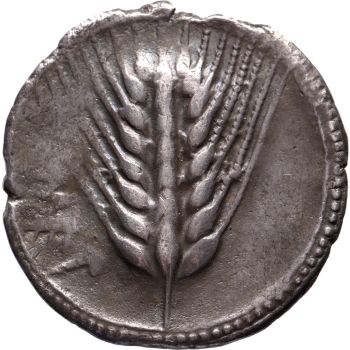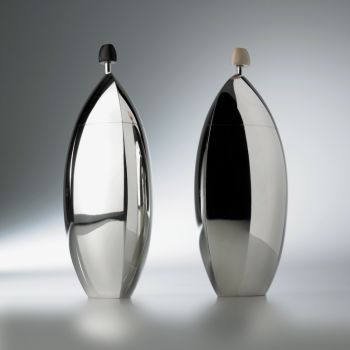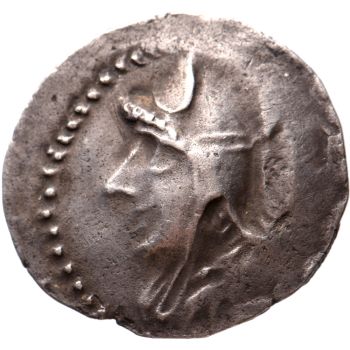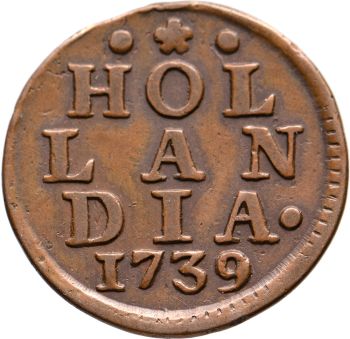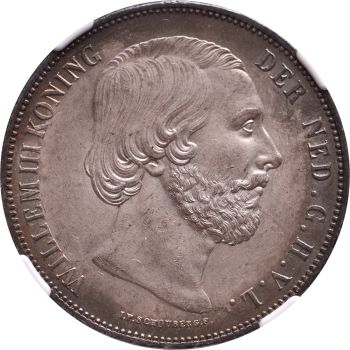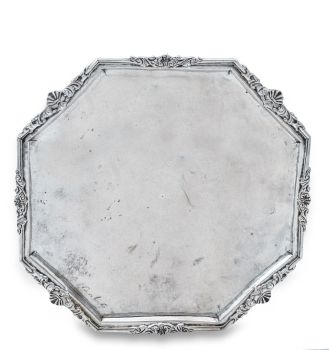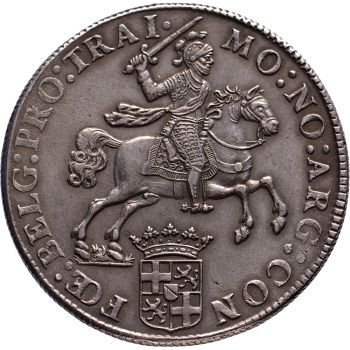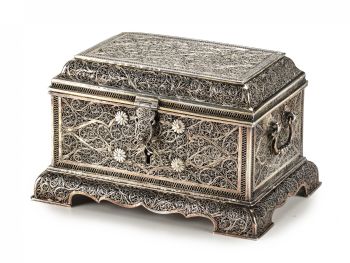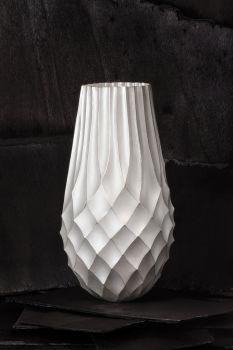Silver bar VOC – Rooswijk Shipwreck 1740
Artista Sconosciuto
Argento
Attualmente non disponibile tramite Gallerease
- A proposito di opere d'arteVOC Logo under the capital letter A.(Chamber of Amsterdam). Under the logo crest rearing buck, the mark of Assayer Otto Buck (assayer in Dordrecht from 1731 to 1756).
RARE
Recovered from the wreck of the VOC ship ‘Rooswijk’
The Rooswijk, of the Dutch East India Company (VOC), was lost in a storm on January 9 1740 at the Goodwin Sands, an area of undeep waters and moving sandbanks with a length of ca. 16 km before the southeast of England, approximately 9 km off the coast near Deal. In Deal the canon shots of the Rooswijk were heard and were thought to indicate a ship in distress. The next day wreckage and a chest with letters, identifying the ship, washed up on the shore. None of the crew survived.
In 2004 the wreck of the Rooswijk was discovered by accident by a carpenter and an amateur diver. Part of the cargo was salvaged the next year. Silver ingots, coins, sabels, muskets, and utensils were recovered.
Weight: 1963.41 g
Dimensions: ca. 38 x 165 x 31 mm - A proposito di opere artista
Può succedere che un artista o un creatore sia sconosciuto.
Alcune opere non sono determinate da chi sono state realizzate o sono state realizzate da (un gruppo di) artigiani. Esempi sono statue dell'antichità, mobili, specchi o firme non chiare o leggibili ma anche alcune opere non sono affatto firmate.
Inoltre puoi trovare la seguente descrizione:
•"Attribuito a …." A loro avviso probabilmente opera dell'artista, almeno in parte
•“Studio di ….” o “Officina di” A loro avviso un'opera eseguita nello studio o nella bottega dell'artista, eventualmente sotto la sua supervisione
•“Cerchio di…” A loro avviso un'opera del periodo dell'artista che mostra la sua influenza, strettamente legata all'artista ma non necessariamente al suo allievo
•"Stile di..." o "Seguace di..." A loro avviso un'opera eseguita nello stile dell'artista ma non necessariamente da un allievo; può essere contemporaneo o quasi contemporaneo
•“Modalità di…” A loro avviso un'opera nello stile dell'artista ma di epoca successiva
•"Dopo …." A loro avviso una copia (di qualsiasi data) di un'opera dell'artista
•“Firmato…”, “Datato…” o “Iscritto” A loro avviso l'opera è stata firmata/datata/inscritta dall'artista. L'aggiunta di un punto interrogativo indica un elemento di dubbio
•"Con firma....", "Con data...", "Con iscrizione..." o “Riporta firma/data/iscrizione” a loro avviso la firma/data/iscrizione è stata aggiunta da qualcuno diverso dall'artista
Artwork details
Related artworks
Artista Sconosciuto
Salver ou Tazza avec verre orange, verres à gelée et crème anglaise.1750 - 1755
Prezzo su richiestaPeter Korf de Gidts - Antiquairs
1 - 4 / 12- 1 - 4 / 24







